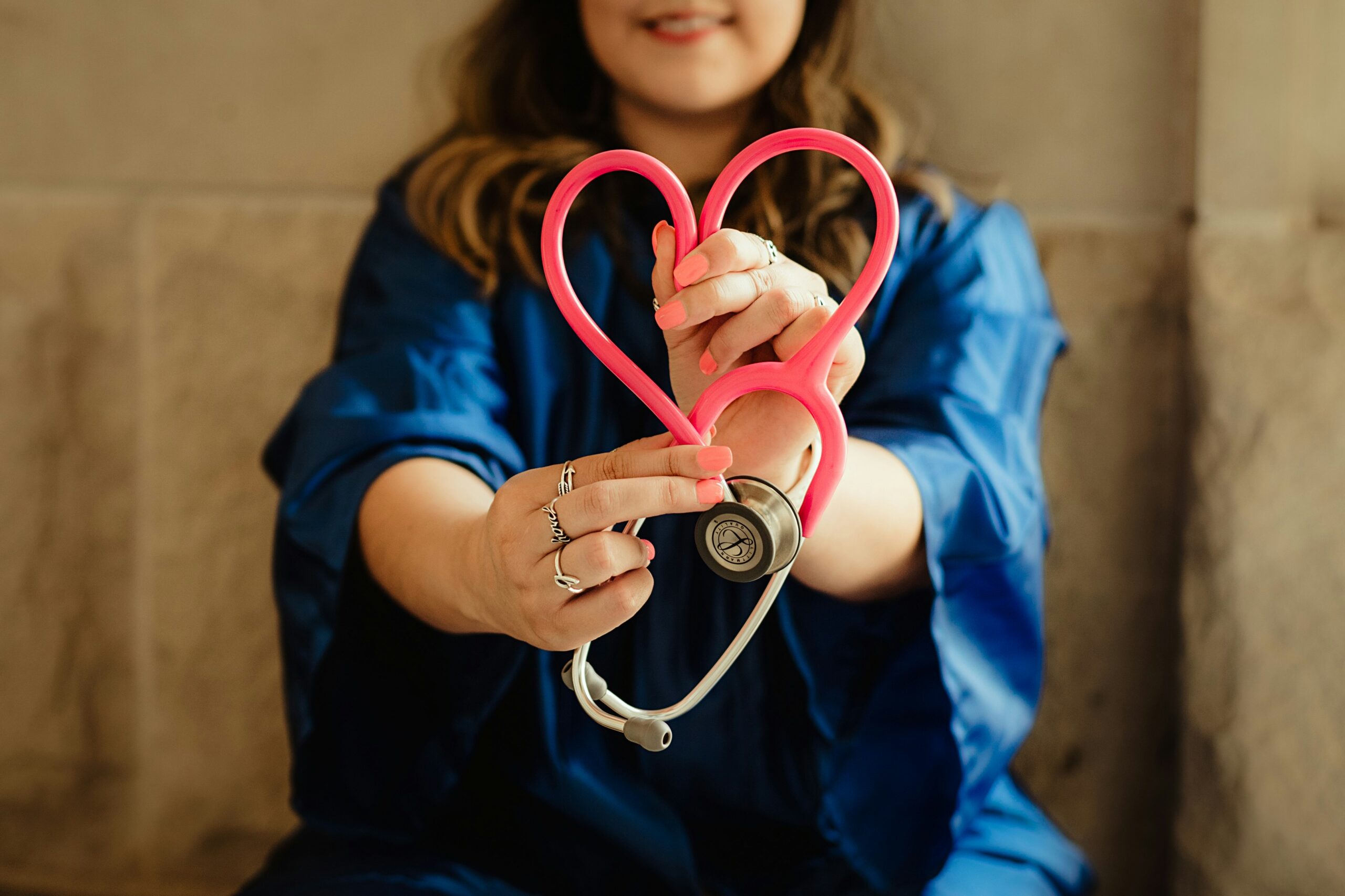What You Need to Know About Peer Pressure
Everyone faces peer pressure at one time or another. Peer pressure is defined as “the influence wielded by others within the same social group.”
It also refers to the effect this influence has on a person to conform to be accepted by their peers. Although peer pressure is commonly cast in a negative light, it’s not always a bad thing, as it can be used to positively influence others. Still, it’s important that you have tools readily available so you can appropriately manage it.
Peer Pressure During Adolescence
Peer pressure primarily affects adolescents. Risky behaviors in this age group are often a result of peer selection, or who you spend time with, and the perceived norms of that social group. This association is a function of peer modeling, positive reinforcement, and the internalization of what’s considered normal. Differences in gender, maturity, emotional sensitivity, and social anxiety influence the degree to which societal pressure influences an adolescent.
A 2020 study looked at the differential susceptibility theory and the biological sensitivity to context theory as moderators for the impact of peer pressure.1 The differential susceptibility theory refers to how different environments play a role for an individual. For instance, the same result can be rewarding or punishing depending on the adolescent’s perspective. The biological sensitivity to context theory describes how an individual neurobiologically perceives and reacts to the environment around them. In the study, the authors concluded that individuals may be at higher risk from peer pressure if they have a personal vulnerability and negative environmental stressors, especially when these factors cross a specific threshold unique to the individual.
In a literature review completed in 2019, researchers considered 26 studies about adolescent peer pressure and explored the belief that peer pressure may differ by gender due to the societal expectations for males and females.2 For instance, for adolescent males, masculinity often means engaging in riskier behaviors. The review found that male adolescents may be more influenced by peer pressure to engage in risky behaviors. Overall, though, there wasn’t a strong enough trend to say which gender was most impacted by societal pressure.
How Societal Pressure Influences Disordered Eating Behaviors
Given the power of peer pressure, it’s not surprising that it can influence disordered eating behaviors. Let’s take a closer look at two studies that investigated this link.
A 2018 study, published in the Journal of Obesity, collected data from 738 Jordanian adolescent participants in the Inventory of Peer Influence on Eating Concerns.3 The participants with eating disorders showed a statistically significant correlation with higher scores on the Inventory. It’s also important to note that the female participants’ scores showed a higher susceptibility to peer pressure than their male counterparts.
Similar results were discovered in a 2019 study that involved 570 Italian high school students.4 These findings showed a significant and positive association between peer pressure and binge eating (as well as binge drinking). The study proposed the idea that many adolescents who are influenced by peer pressure feel frustrated that their needs aren’t being met, so they turn to unhealthy coping strategies, including disordered eating behaviors, to manage their emotions.
Three Tips for Managing Peer Pressure
Now, let’s consider three tips to help adolescents and young adults handle peer pressure and its effects. These ideas are particularly important for individuals working towards eating disorder recovery.
- Think ahead and anticipate difficult circumstances. Determine a few different ways to handle various situations and practice each response ahead of the event. This way, you can avoid problematic situations altogether or have an excuse prepared in advance.
- Set boundaries. To start, it’s important to know that it’s okay to say no! You just need to learn how to do so politely. Listen to and respect the choices of others while also being clear about your needs. Also, remember that it gets easier: The more you say no, the easier it will become.
- Consider your closest friends and make changes if needed. Evaluate the impact your peer group has on your thoughts, emotions, and behavior. If you are uncomfortable and behave contrary to your own standards, it is likely that a different peer or peer group is needed. If they are practicing unhealthy behavior, it will influence you, and you are likely to adopt their behaviors. So use this idea to your advantage! Rather than accept your current crowd as the status quo, think about reaching out to new friends who encourage you and support your goal to live a healthy lifestyle.
Visit our website to learn more about eating disorder treatment at Hidden River.
References:






Leave a Reply
You must be logged in to post a comment.